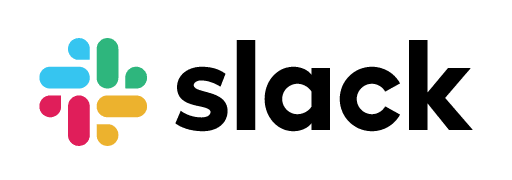Experts believe that New Zealand workers need more technology, not less, if we’re going to become a more productive country.
It’s official: the robots are not coming for our jobs. Conventional wisdom has it that the unprecedented technological change the world has seen in the last few decades is resulting in wholesale replacement of people with machines that can do the work better and cheaper.
The problem with this hypothesis is that it’s just not true.
“If the rate of technological change was accelerating, you’d expect to see evidence in the official statistics, such as faster productivity growth, more business start-ups, and more jobs being created and destroyed,” the Productivity Commission says. “But what we see in New Zealand and across the developed world is the opposite. Rates of job destruction have actually declined in New Zealand since 2000. And recent rates of job creation are at a similar level to rates in the early 2000s.”
New Zealanders may pride themselves on their work ethic and resourcefulness, but when it comes to productivity – working smarter not harder, in other words – we are actually quite bad at it. Employees in New Zealand work longer hours and for less reward than their counterparts in most other developed countries. Our labour productivity, or output per hour worked, is around 40% below the OECD average and there isn’t much sign of us catching up. The reasons for this are varied but one of the main causes is that New Zealand companies have a low uptake of new technology. Our problem isn’t too much technology – it’s not enough.
New Zealand’s domestic markets are small and we’re a long way from our international customers. Very few New Zealand businesses are at the global technological forefront in their industry, and we have lots of low-tech SMEs surviving in a small, insular domestic market with weak competition. Put simply, new technologies aren’t entering the New Zealand economy fast enough and they aren’t spreading, and this is holding us back on the productivity growth front.
Arturo Arrarte, head of sales Asia Pacific for the workplace collaboration platform Slack, asks us to consider the way that businesses communicate. In the beginning there was email, which admittedly was pretty flash compared with snail mail and the telephone. But it only allowed people to communicate one-to-one or one-to-many, and you only received the information someone else decided to share with you. This created silos within organisations.
Next came portals, centralised repositories of information everyone could access. But these required heavy curation and moderation to keep them up to date. The answer to that was wikis, web-based collaborative platforms such as the document management system Sharepoint. That resulted in “wiki sprawl” with so much information being published it was impossible to find what you were looking for. Then social media platforms exploded onto the scene. “Organisations thought, ‘why don’t we bring this into the workplace’, and we saw social collaboration tools at work,” Arrarte says. “But we’re all human beings, and the behaviour that we exhibited on these tools in our personal lives, we kind of replicated that in our business lives. They soon became digital water coolers where it wasn’t about getting work done.”
The upshot for many companies is that the real work hasn’t left email and we haven’t lifted our productivity game. What makes people more productive is the ability to be creative and do meaningful work, Arrarte says. “The opposite of that is anything that is repetitive and mundane.”
That’s where machines and software are helping, by automating mundane tasks and freeing people up to do more innovative work. Developing a platform that brings together people, data and applications into one place to drive the concept of ‘organic automation’. The resulting ease of collaboration helped dispense of tedious platform switching, to give a single home for workplace collaboration, he says.
A good example of this is an initiative that energy and communications provider Trustpower put in place following one of its hackathons, where staff come up with ideas to improve the business. Within Slack it created a bot called ‘Officebot’ which uses natural language processing to answer questions like ‘how do I find this room?’, or ‘what’s is the wifi password?’. Rather than bothering the IT support team with repetitive questions or having to spend time looking up policies and procedures, staff can ask the bot. “They can do this by entering a question in the same way I would ask a human a question,” Arrarte says.
At Slack itself the company has integrated the platform into its customer relationship management (CRM) system, so staff in multiple different roles can quickly pull up information to better serve customers. Other customer service tools can also be integrated into Slack, such as invoicing. “It’s about breaking down those silos – typically sales lives in the CRM, marketing lives in its marketing system, HR lives in its HR system, but none of that is really driving customer centricity,” he says.
The good news for New Zealand is that it is well placed to shift its economy towards productivity-led growth, says Productivity Commission director of economics and research Paul Conway in his paper, “Can the Kiwi fly?”. We weathered the global financial crisis well, we’re exporting an increasingly diverse range of goods and we have a growing high-tech sector with improved international connections. And it’s not all down to businesses, either – the government also needs to encourage investment in technology with a supportive tax and regulatory environment, he says “By building on these developments, policymakers have a good shot at finally breaking free of the economic constraints that have kept productivity low for so long.”


